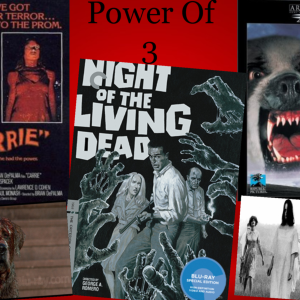Games with a choice of actions allow players to “create” a plot. The choice made at a certain moment depends on how the game and the story will develop in the future. Therefore, story-driven games with non-linear plots are getting much and much more popular among gamers. Let’s take a look at one of the most important and characteristic features of such games. Who knows, maybe it is time to install one of them and enjoy it? Such games can be interesting even for people who prefer gambling on PlayAmo and in land-based casinos: sometimes the right action is a stroke of pure luck! However, you can always make other choices – after you have once completed the game.
QTE EVENTS

Gamers appreciate games with a non-linear plot for the ability to make a choice and see its consequences. If in a linear game the transition to the next level depends on a certain sequence of actions, then games with the choice of plot development allow the player to feel like a co-author of the plot. In choice-driven games, Quick Time Events are a certain sequence of keys or mouse buttons that must be pressed to perform the planned action.
“Quick-Time-Event” means as much as “fast time event” and denotes a kind of mixture of an intermediate sequence and interactive game scene. This means that quick-time events usually seem similar to a movie scene, as they often represent a dramatic or intense moment. In order to keep this staging as close as possible to the process as game designers have designed it, the controllability by the player is greatly restricted. Often this means that players only have to press a certain button at a certain time. Players often do not know which button to press beforehand, so quick reactions are required. Very often, several quick-time events (also in rapid sequence) are lined up with different buttons. And this action will be displayed on the screen. So, in the choice-driven video game “The Quarry” QTE, for example, is often used in pursuits or fights.

QTEs are actually not as complicated as they initially seem. In some choice-driven games, the player is being prepared for Quick Time Events. When simple QTE is enabled, you can simply press any key when the game prompts you to move the analogue stick. To keep the player on their toes, QTEs ask for any key at any time. Even if you have time to prepare for the QTE, it can still be stressful to wait for the instruction. By enabling simple QTEs, the player can press any key to make the QTE successful.
And the purpose of a Quick Time event, as we have already mentioned, is to respond to them quickly. Many people prefer not to engage with film scenes to pay their full attention and wait for opportunities to interact. This is used to slow down or speed up the QTEs.
But why are the QTE Events so great? Accordingly, quick-time events like other elements of the game design can be used with greatly different effects. In less complex cases, players cannot achieve much more than pressing a button to advance what is happening. Often players can also “fail” if they do not make the input at the right time or not quickly enough, which can lead to the game being over. In more interesting variations, players can choose between different action options (but nothing to do can count as an action option as well). There’s nothing more interesting than influencing a whole story and a character’s life with just one click, isn’t it?



